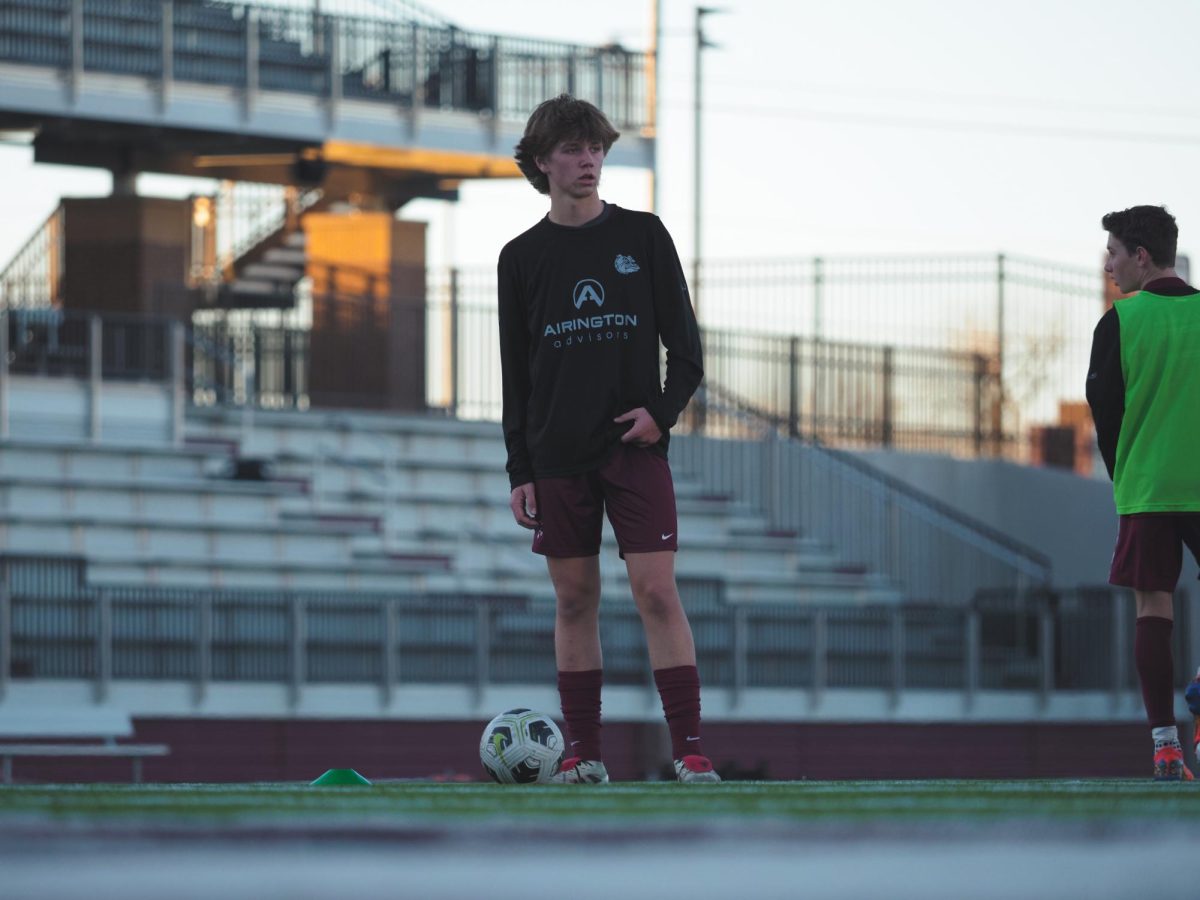Since the internet’s creation, people have grown closer to each other through the use of social media, which allows anyone with a device that can connect to the internet to connect with others. Only a few decades ago, it would have been impossible for people on opposite sides of the world to know that each other exists, but now it only takes a few clicks to have a full-on conversation, even if they do not speak the same language.
However, recently Australia’s parliament passed a law completely banning the use of social media for anyone under the age of 16. This comes as a result of parental concerns over children’s safety on social platforms, as they can be subject to all sorts of harmful content or people. Apps that will be affected include platforms that are most widely used by teenagers, such as TikTok, Snapchat and Instagram. The law will be enacted in late 2025, and it is currently unknown how the ban will be enforced.
Most social media apps are only for those above the age of 13; however, there is no way to prove that every user fits this description. Children of any age can make a profile on these apps by simply lying about their birth year, and there is no regulation in place to prove users are the age they claim to be. Although many believe this new law is a bit too extreme, it is important to know just how much harm can come from consuming an excess amount of social media content, especially at such a young age.
Children’s and teenagers’ brains are still in a developmental stage, meaning the content they interact with has a much greater impact on them than on adults. According to an advisory released by the United States Surgeon General Vivek Murthy, children aged 12-15 who use social media for over three hours have a higher risk of developing depression or anxiety. This may be caused by the massive influx of stressful content they see every minute or because of their isolation from family or peers due to being glued to their screens. Many social media apps push out content that has to do with body image, making these young people anxious about how others perceive them. In the long term, this can lead to severe depression, anxiety or other mental health disorders. Children should be protected from this type of harmful content, as it can severely damage both their mental and physical health.
Especially on video platforms, short, meaningless content is pushed out the most as it can garner views and interactions very quickly. This type of content has been nicknamed “brain rot” because it keeps users engaged on an app for long periods and provides no value, as if their brains were rotting and decomposing. The word was used so much during the year that it even became Oxford’s Word of the Year. While this type of content does not seem harmful at first, it can lead to one becoming addicted to a screen or distracted from the real world. Although brain rot content should not be the cause of a full ban, addiction to social media is a serious problem and is comparable to other addictions such as gambling. Moderation would certainly be key to avoiding this mindless scrolling and its side effects, but many young people do not know when to stop.
Many view a full ban on young people using social media as extreme, but due to the amount of harmful content they see and the people they might interact with, it is pretty reasonable. Another solution to this problem would be heavier regulations on the content on these platforms. For example, apps could implement limited screen time and push out more educational content while suppressing stressful and harmful content. However, there is still no way to prove users are the age they claim to be, and more problems, such as media censorship, could arise from suppressing content. A ban on young children and teenagers using social platforms is a better solution than censoring media for everyone else.
Social media is a great way to interact with people from all over the world at the click of a button; however, its negatives certainly outweigh the positives. Young minds are the most affected, as they are still in the developmental stage, and social platforms can expose them to all sorts of harmful content. A full ban on young children and teenagers using social media may seem extreme to some, yet may be a future necessity worldwide.
Contact Noelia Ocampo Resendiz at ruffdraftemhs@edmondschools.net




































